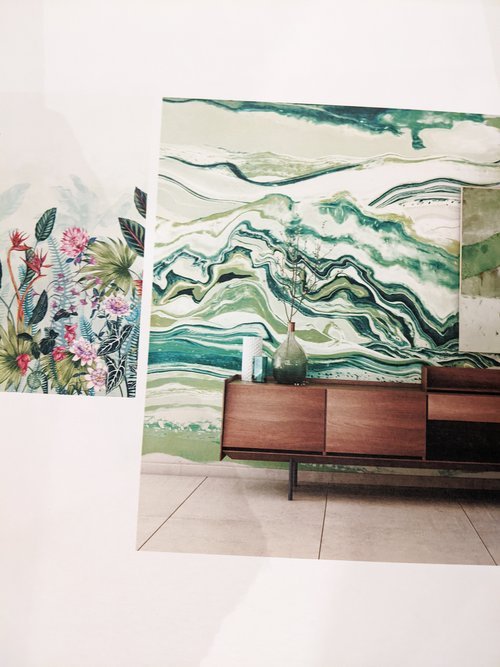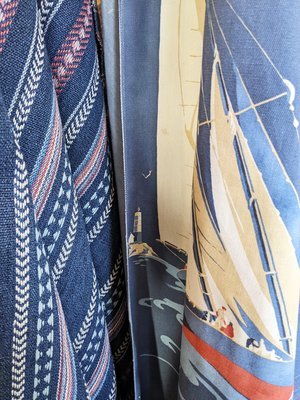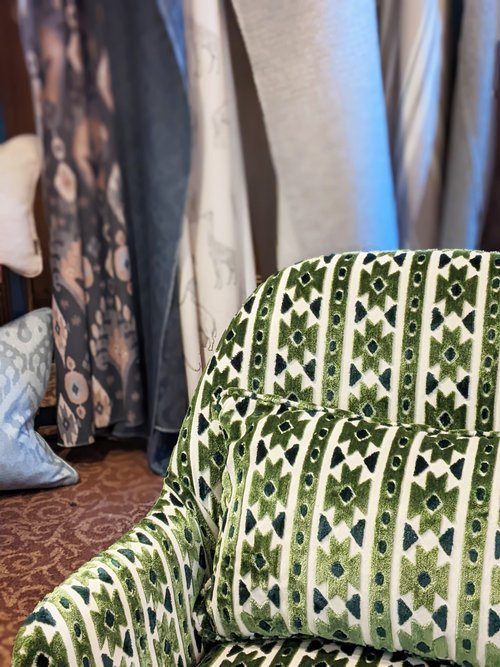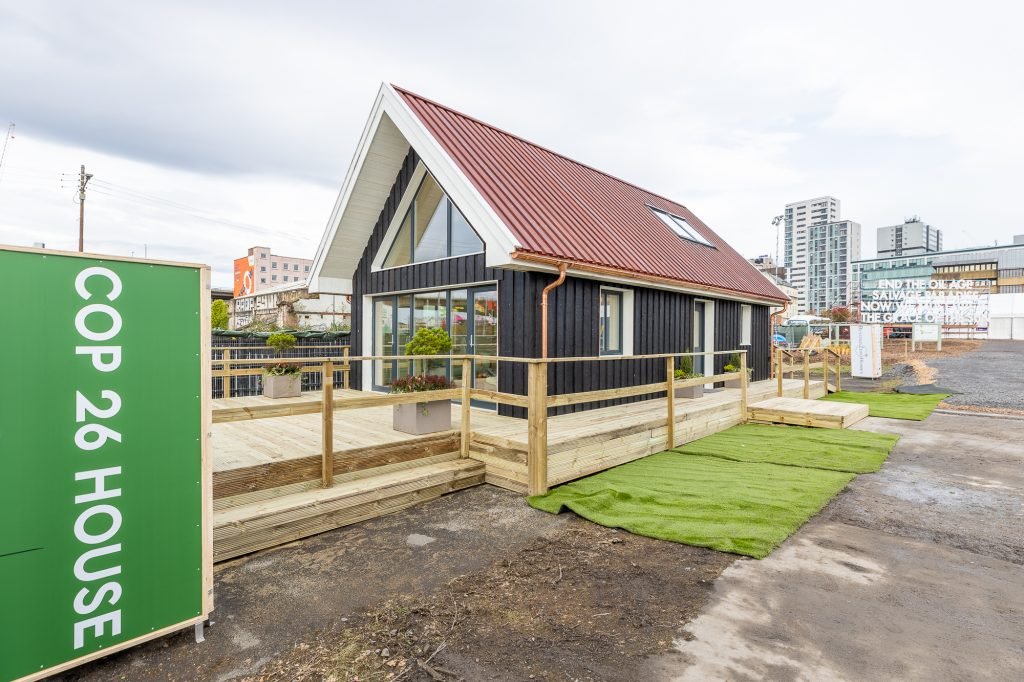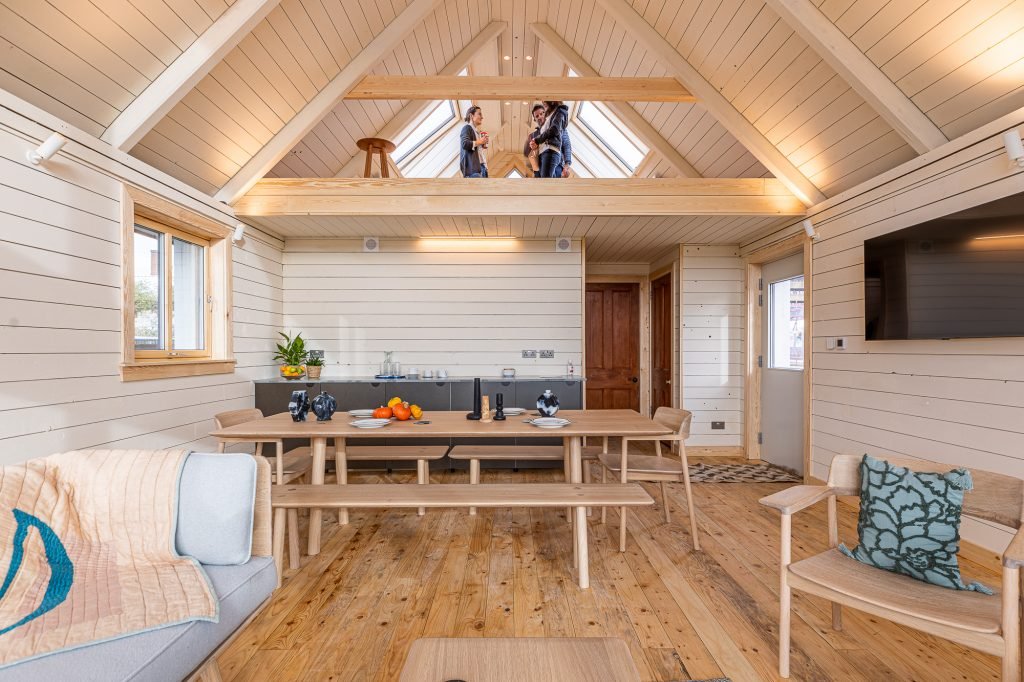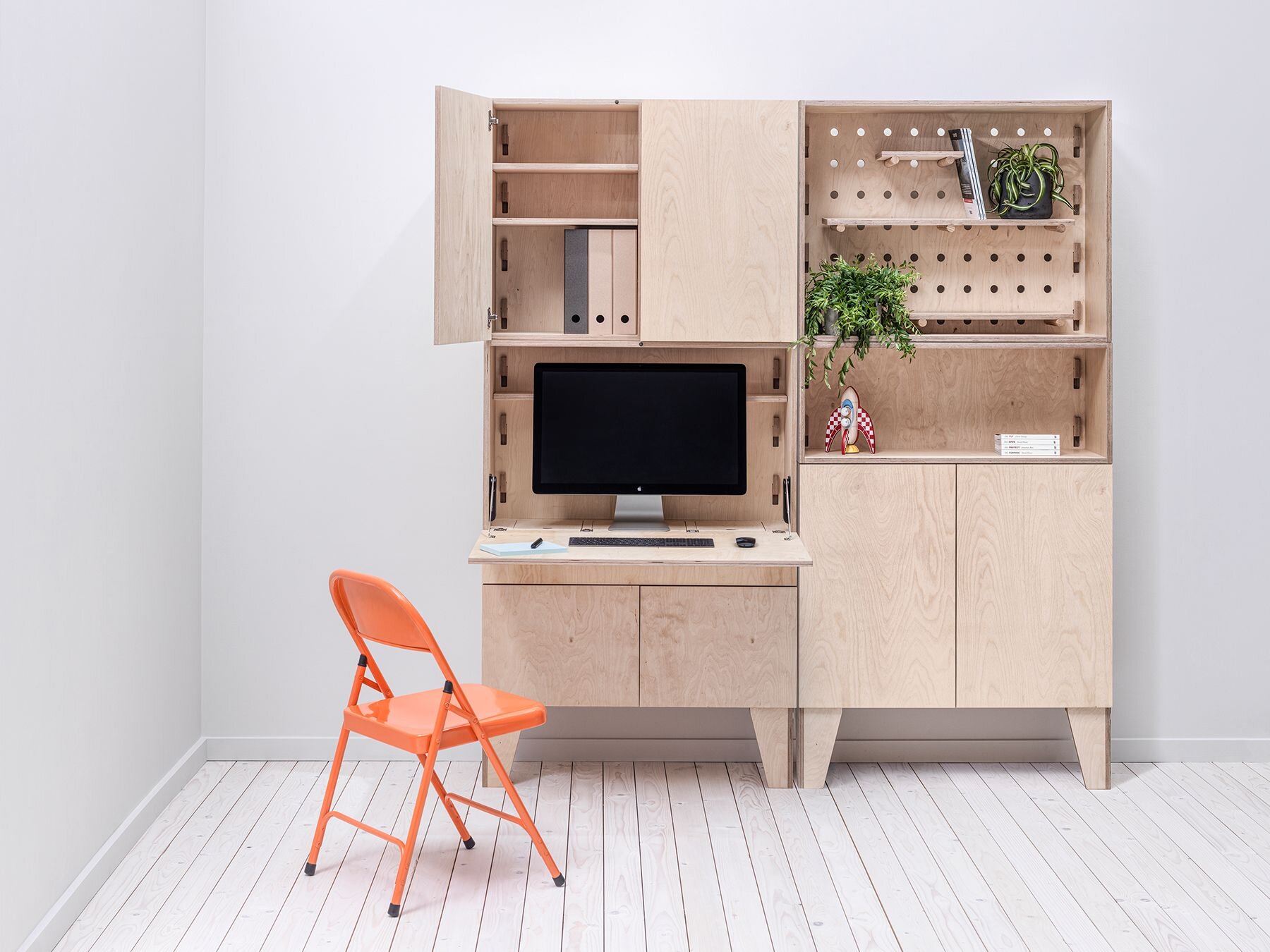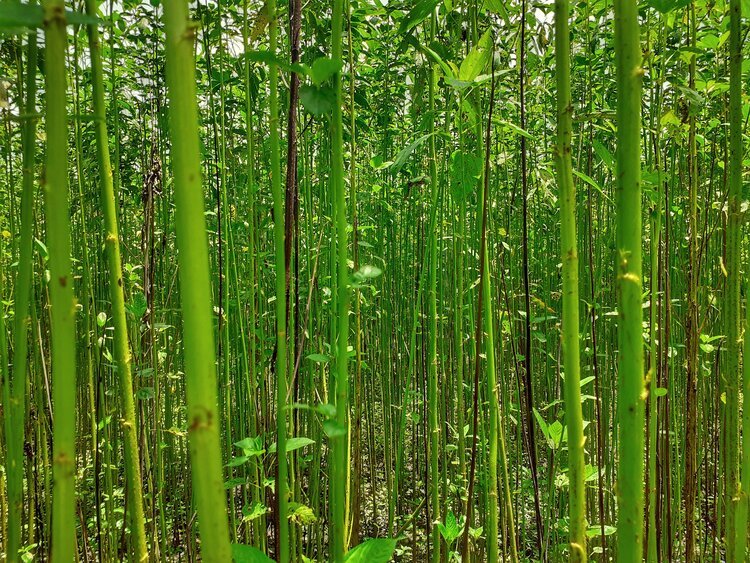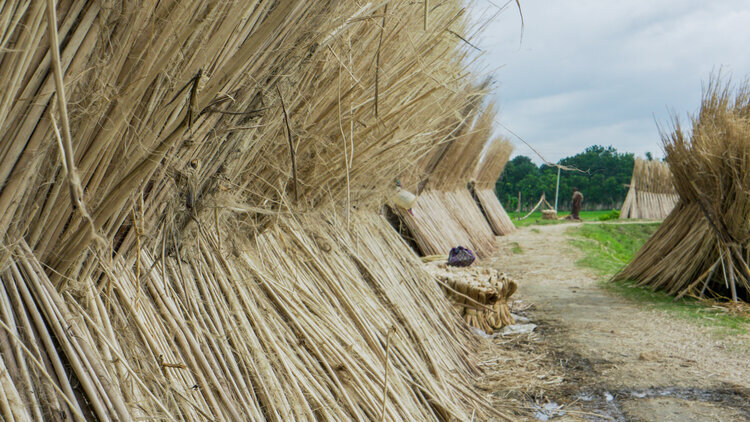first of all, please accept my sincere apologies for reporting on this event so late - as i promised about a month ago, i did indeed visit the scottish interiors showcase in late february and i was really looking forward to telling you all about it! but then, after managing to avoid it for nearly two years, i caught covid, and although luckily i escaped with mild symptoms, it was hard to concentrate in front of a screen for too long. isolating at home with little energy for anything whilst a horrific war breaks out in europe in a place close to my heart really annulled my motivation levels. i’m really sorry that blogging and posting has been a bit neglected.
however, life, and the love of beautiful things must, and will win under any circumstances, i really believe in that. so i’m trying to get back in shape and i’m finally ready to bring you what i promised, with highlights of what i found the most interesting developments from the world of interior design in scotland.
1 - SUSTAINABLE FAVOURITES
so, you know me by now, and as you’d have guessed, the one thing i kept asking every single sales rep that would talk to me was, “how much of this is sustainable?” the replies i got varied, but there was a growing interest and efforts by almost all brands and they mentioned that it’s a question that keeps getting asked. my first focus is on this angle, and here’s my top 3 that delivered:
1.1 william yeoward
the british household name had, as expected, some fabulous products on display. but the best news to report is the launch of a brand new rug collection, from 100% recycled PET. it didn’t look or feel synthetic at all, and the colourways are simply gorgeous. (link to visit)
1.2 designs of the time
i’d say the linen offerings of yvan puylaert’s company was an absolute highlight of the show to me and the tactile qualities of their linens were just a joy to look at. everything is 100% natural and mostly linen. the rep mentioned that they have a hemp line too, but it wasn’t on display as “it’s not popular in the uk - much more so on continental europe”. who’s with me to change that and try to get that here? who’d love more hemp (and of course, jute!) in british interiors?! (link to visit)
1.3 casadeco
the french group has always been one of my favourite supplier at these events, as i do love their geometric pattern designs. their happy surface patterns were no exception this year either. their newest launch is their cushion line, but their wallpapers were also very popular - for good reason too. however, i’m pleased to report on their wide range of plain, natural and recycled fabrics. (link to visit)
2 - SURFACE PATTERN DESIGN FAVOURITES
perhaps unlike other material expos, this particular event tends to be quite fabric-heavy and the vast majority of the exhibits were an eye-popping display of colour and patterns. i really recommend visiting as it really is a total surface pattern feast! for this reason, the next top 3 is selected from this angle, although it was quite a challenge!
2.1 ohpopsi
i have never heard of this company before, but their stand was beautifully arranged and proved to be very popular visitors. they also sent the friendliest reps to the fair, who were very keen on sharing some background info as well on their manchester-based company. they offer a wide range of wallcoverings, not only repeat patterns but also mural-style, non-repeating too, with really impactful effect on interiors. i did like some of the brutalist geometries but they do have some amazingly colourful patterns. (link to visit)
2.2 ian sanderson
now, if you are a regular reader, and you know the kind of homewares zitozza has, you know that it’s not a botanical type of brand at all. however, traditional, rich, heritage-based designs dominate this fair quite heavily, so it wouldn’t be fair not to mention at least one of these brands. i’m picking ian sanderson because they have everything you want, from the meticulous reworking of original block prints, through fabulous wovens and a collection of a versatile, cute range of coordinators that are made in the UK. (link to visit)
2.3 prestigious textiles
the pattern powerhouse delivers again, need i say more? i’ve been to a few fairs before and, as a lover of pattern, colour and texture, the pt display is always my favourite. in line with zitozza’s own aesthetics, i was looking for happy geometries and i wasn’t disappointed. the colourways are inspiring me to try some schemes that could work well with these! (link to visit)
3 - MATERIAL FAVOURITES
i keep mentioning that this is a very textile-heavy show usually, however, i want to mention a top three of flooring and hard finishes, because they are an important part of home interior styling. i enjoy looking at interesting surfaces and i can certainly get obsessive with where i want to lay my jute rugs.
3.1 crucial trading
this company had a lovely display of sisal floor coverings in all possible textures and colours. sisal is a natural, sustainable fibre that is even more durable than jute. the gold colour is similar and i got really attracted to this abundance of tactile samples. (link to visit)
3.2 miller’s 1893
i’m currently on a mission for hardwood floors in my own house (also home to the zitozza studio) so i was very happy to find this company. my favourite of their offerings were these antiqued hardwood floors that although they looked like they were reclaimed, they are entirely purpose-made for this somewhat industrial look. really, really fell for these. (link to visit)
3.3 la fabbrica
there weren’t many suppliers of stone or ceramics present, so i feel obliged to mention the la fabbrica range that put lovely, lovely slabs on display of some very interesting surfaces, which i’m sure that fellow fans of brutalism would also appreciate. (link to visit)
4 - OTHER INTERESTING FINDS
overall, it was a great experience to visit, and it’s great to see what some of the best of british and international interior design brands are up to, without having to travel too far, so i do recommend visiting again next year. we’re nearly at the end of this roundup, but i want to mention a few more observations.
4.1 nautical is in!
this one took me by surprise (a very pleasant one, may i add), as i do have my own range of nautical homewares. i do it because it matches the golden, raw jute materials i’m working with, but it was nice to see that quite a few brands, such as fryett’s (on left) and mulberry (middle and right) also offers interior fabrics and wallpapers to complete such looks. you love to see it!
4.2 ikat & travel inspired patterns
as i’ve written about before in my previous trend-forecasting post, travel inspired decor nand boho chic are going to dominate interior trends for a while. this can take a few interpretations, my personal favourites were from iliv fabrics (left), whose newly launched collection ‘kasbah’ has been evoking the ikat patterns (they also have a sustainable plains range!). for smaller accessories in travel-inspired style, glasgow-based premier housewares (right) had a room full!
4.3 happy geometries
i already touched on a little bit how i was hunting for geometric surfaces in this jungle of floral and heritage-inspired prints, and i think there is a genuine desire for clear-cut shapes and abstract angles. i’m showing you my two favourites here. this wool sample by moon (on left) really made me think of bernat klein, and the geometry reminded me of the architecture of peter womersley. love this pattern and they also released it on throws! the second image is of a print by studio g of the sanderson group (on right) who were present with many collections. it’s the slight handmade, block printed effect on this particular collection that i really picked up on and i hope this proves to be popular!
well that’s it for this year’s roundup! i hope you enjoyed this visit with me, it certainly was a great experience and it’s always a pleasure to take a dip in a pool of pattern, print and lovely interiors.
to keep this already long post slightly more concise, there is no separate section for the links, but you’ll find them all in the text. for further questions, please don’t be afraid to get in touch and for future posts, feel free to subscribe below!








